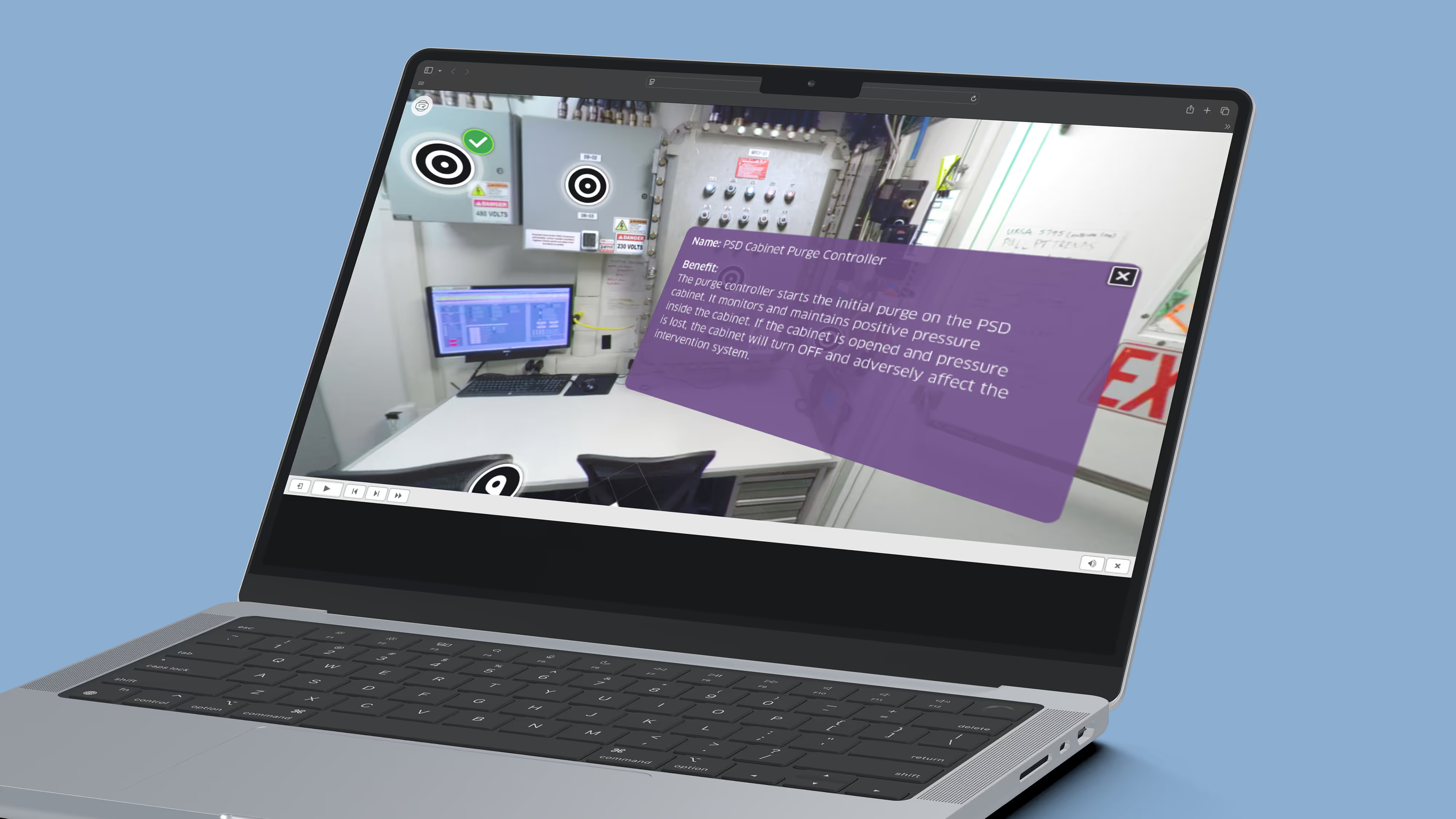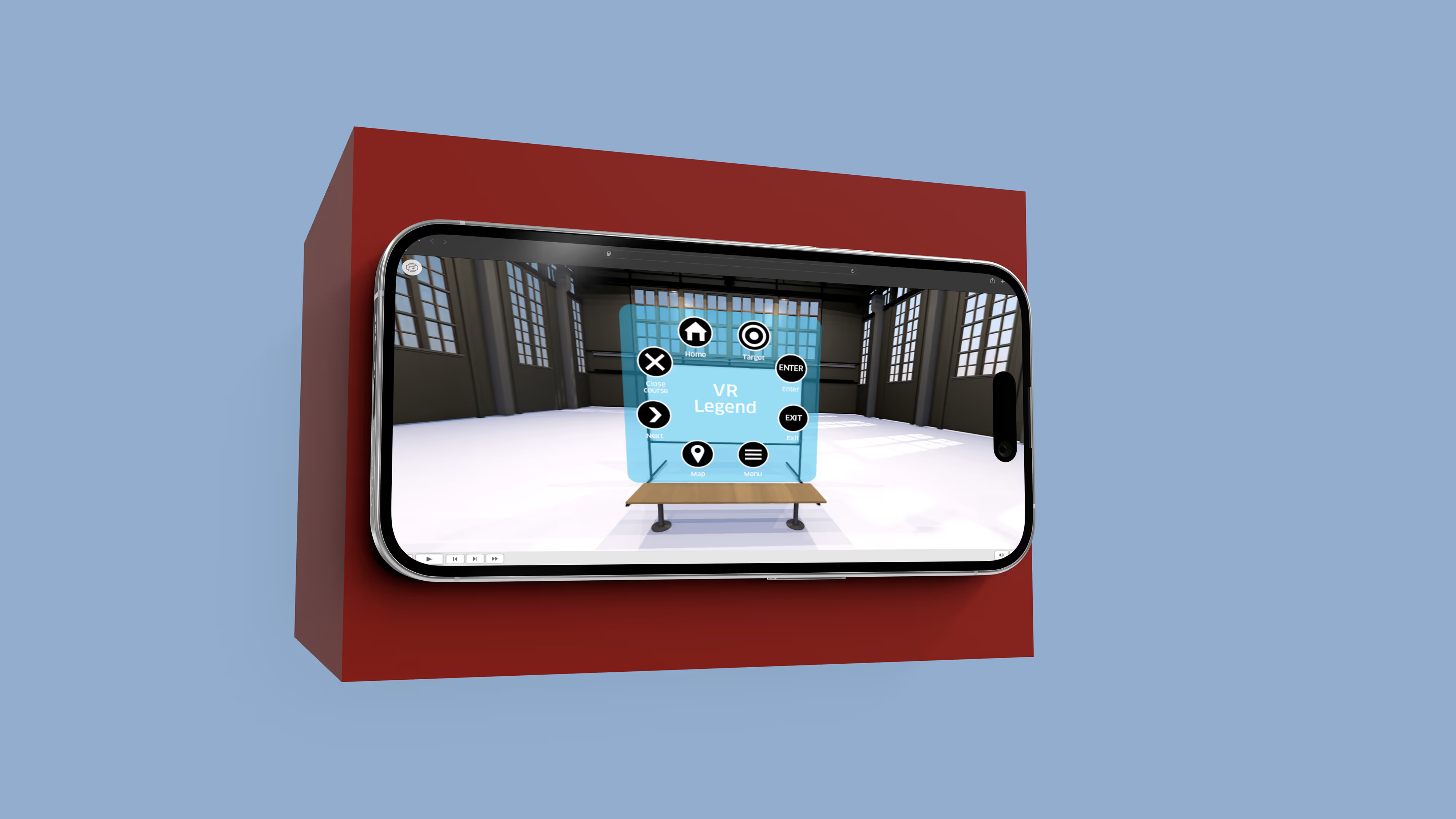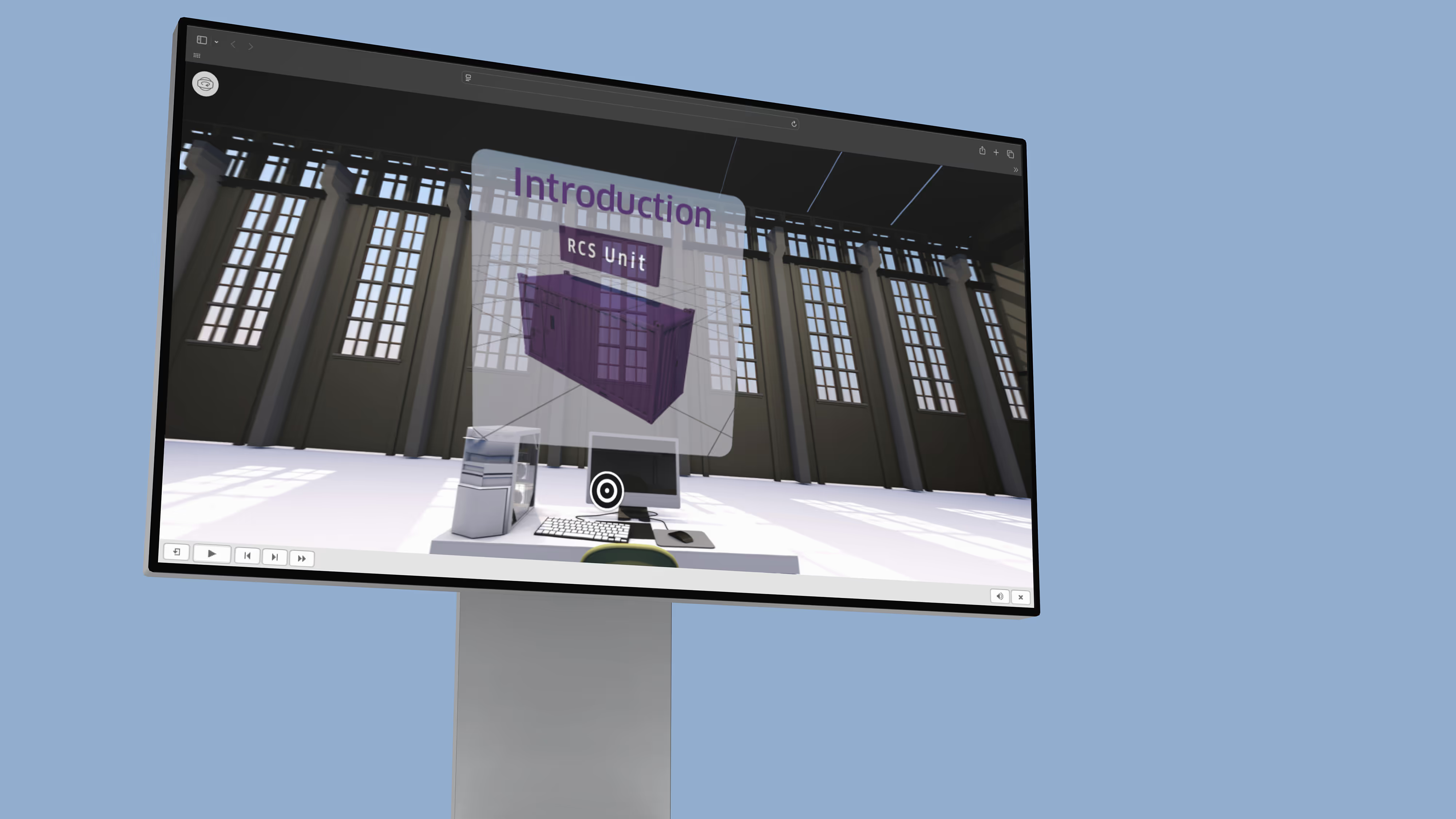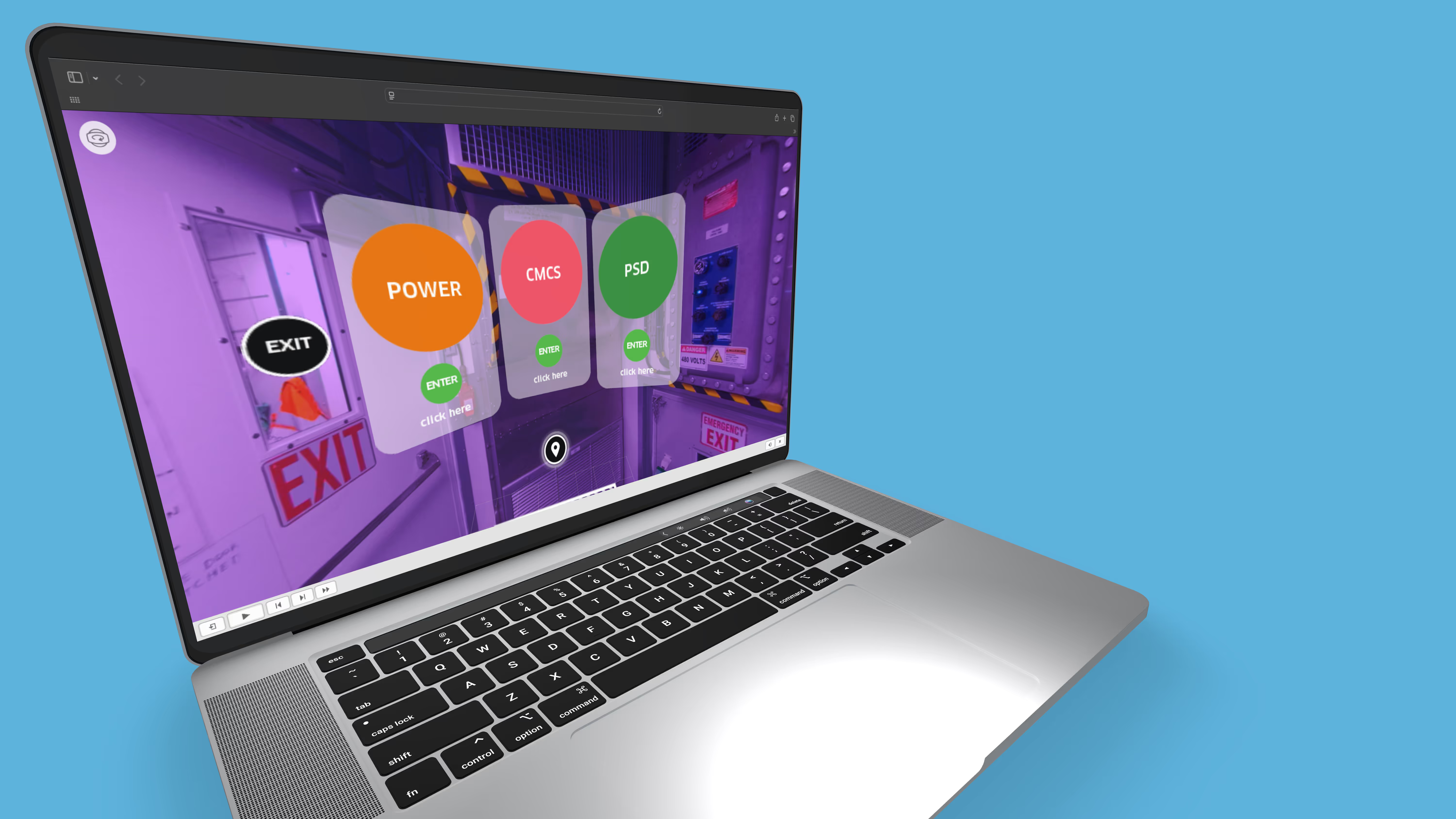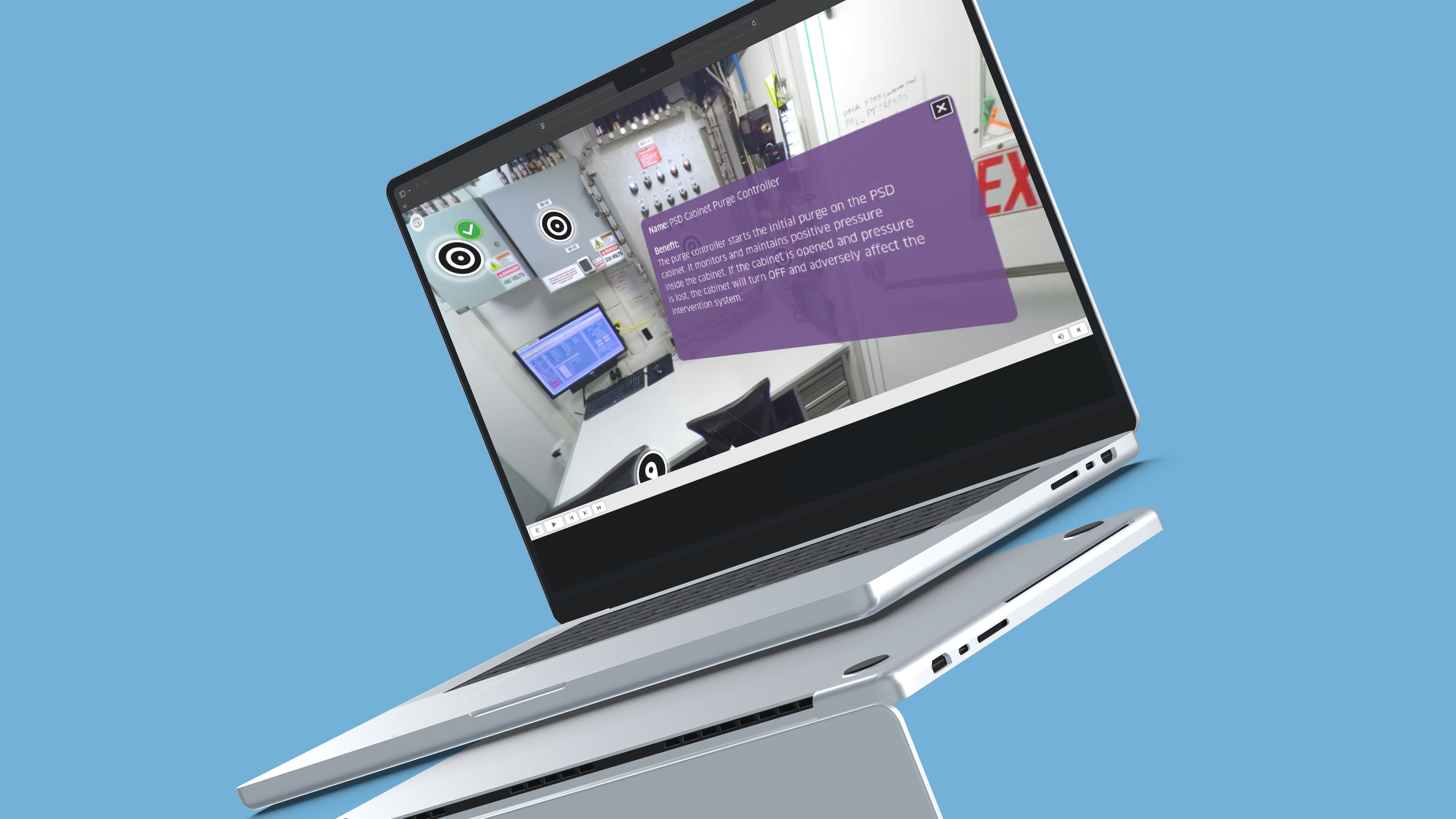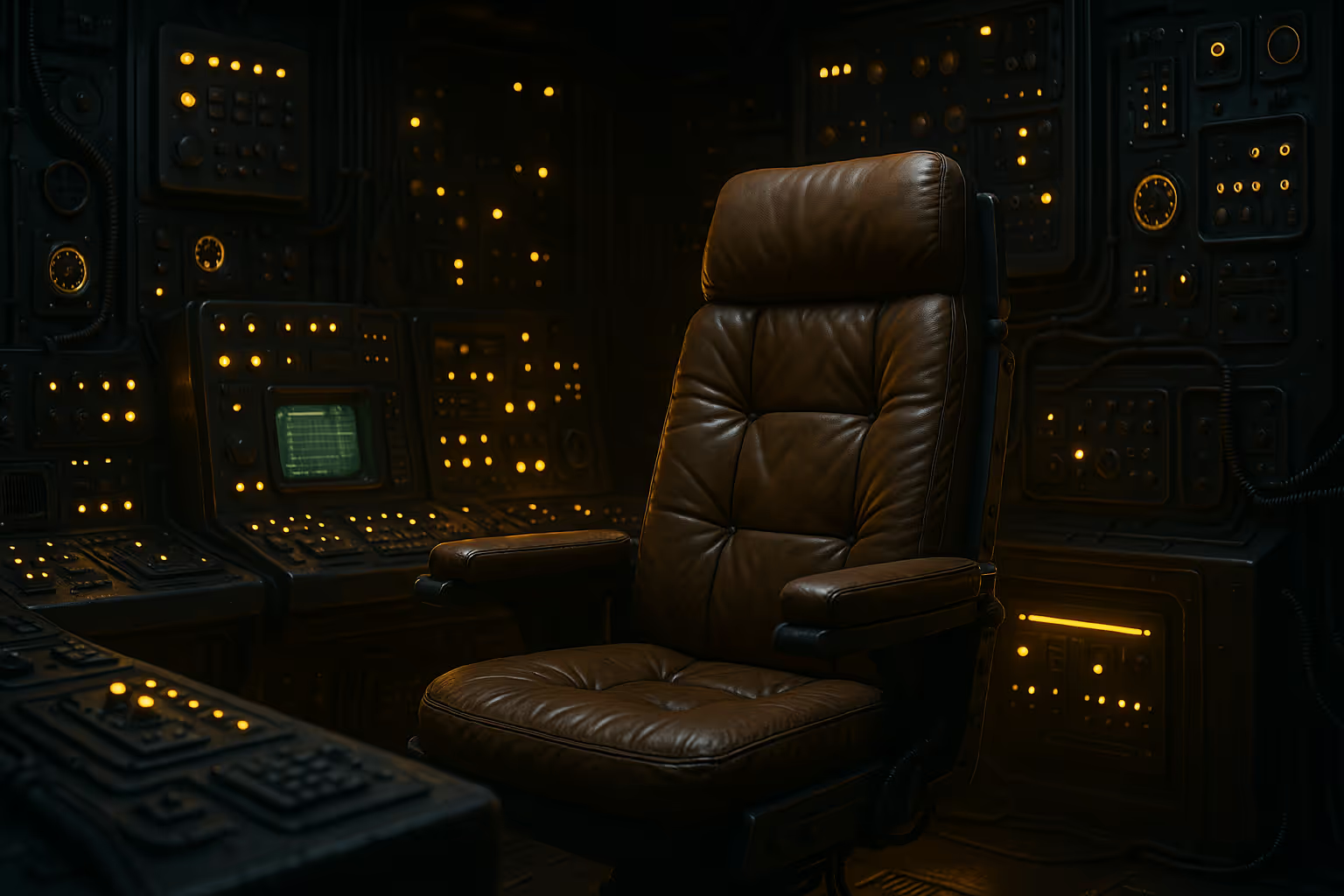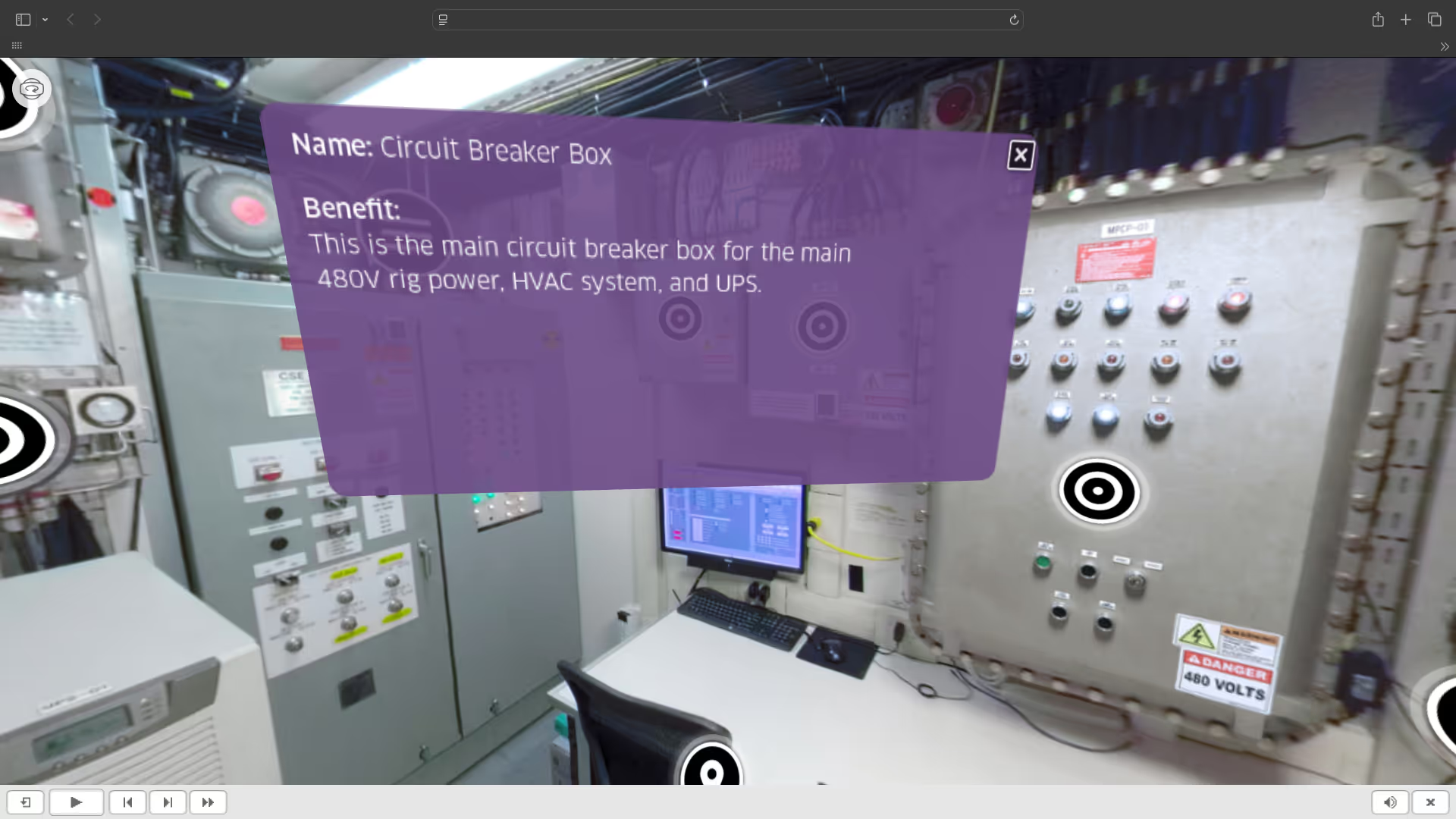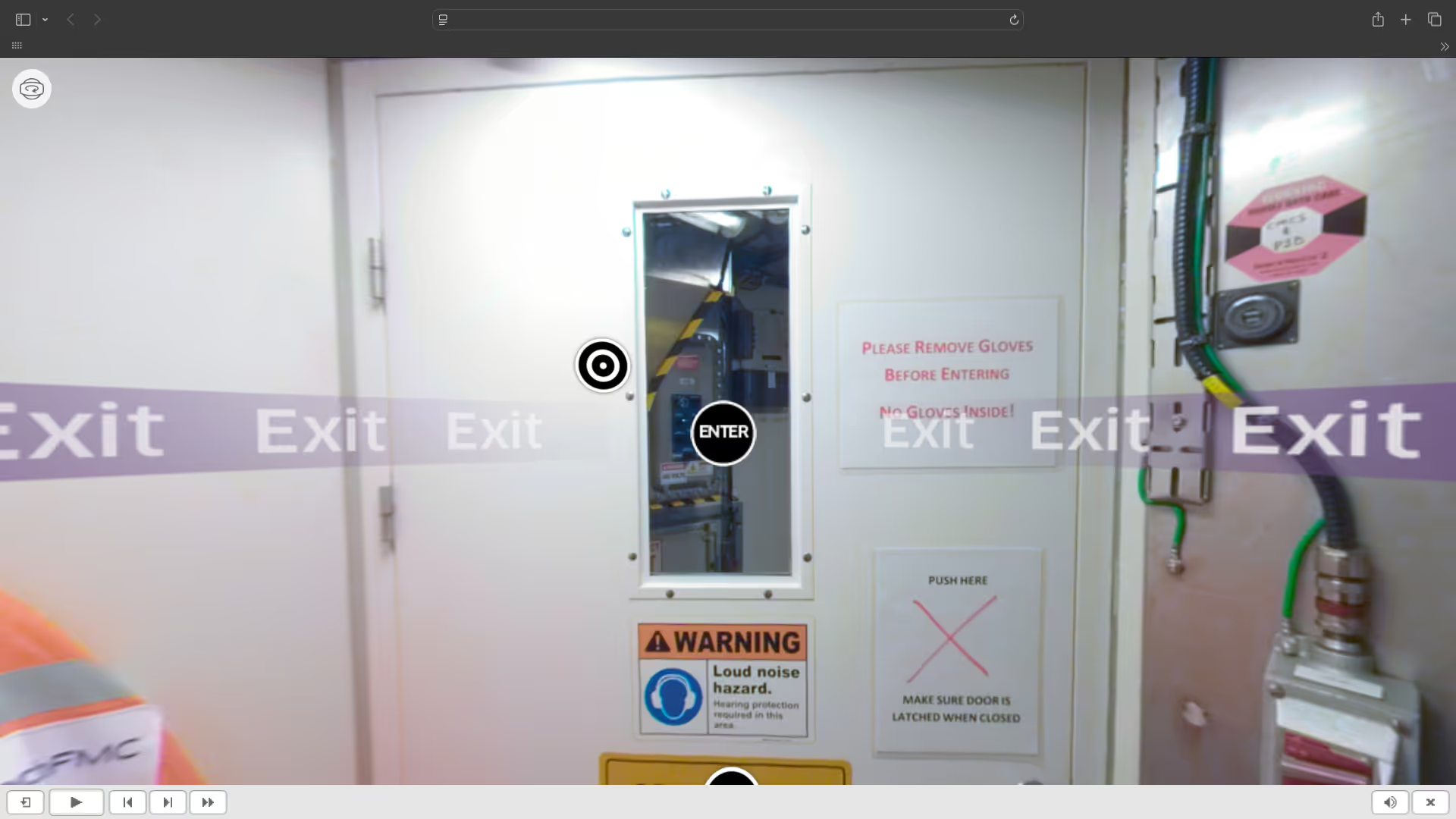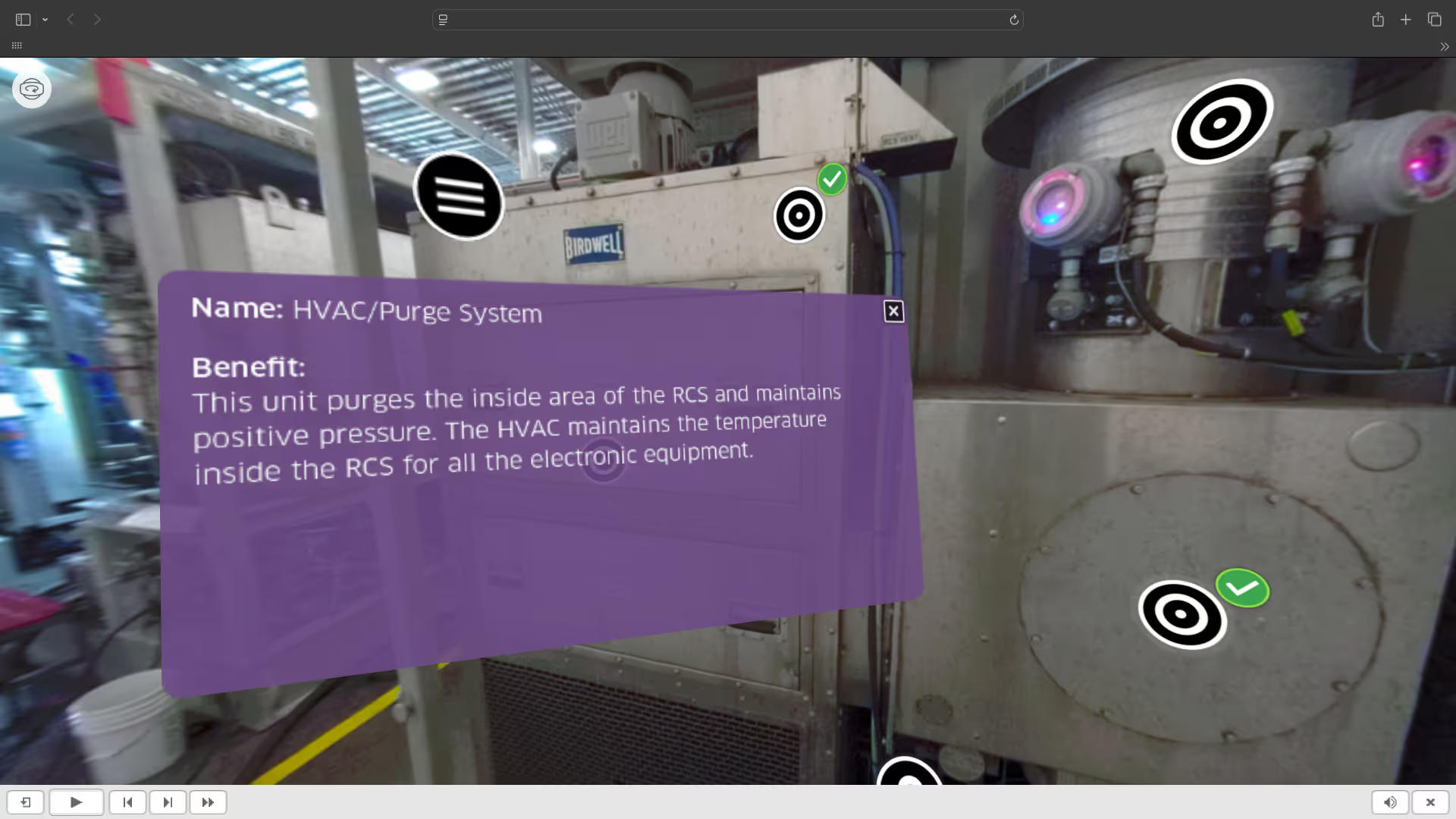RCS VR
- Role
Principal Design Technologist, VR Developer, UX Designer, UI Designer, Web Designer
- Duration
6 weeks / Completed 2021
- Tools
Unity, Unreal Engine, Adobe Photoshop, Illustrator, Dreamweaver, C++

Motion Defines Hierarchy
Spatial Depth ≠ zoom
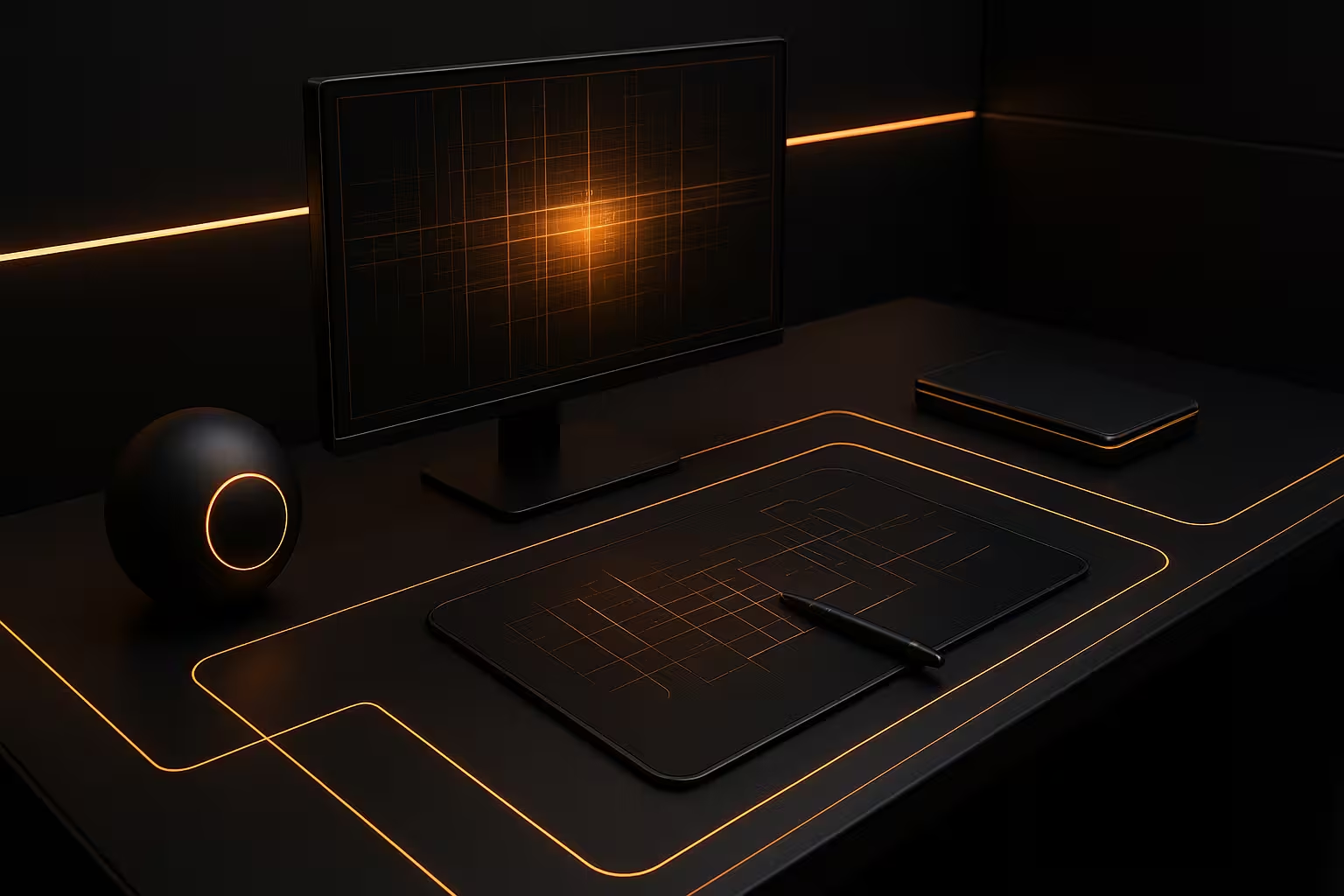
Rhythm = hierarchy

Timing & emotion

Hero Choreography
Album Card Motion System
Playback Bar Motion
The player becomes the pulse of the scene — continuous, glowing, subtle.
Progress bar motion timed to 6s loop using ease-in-out sine curve.
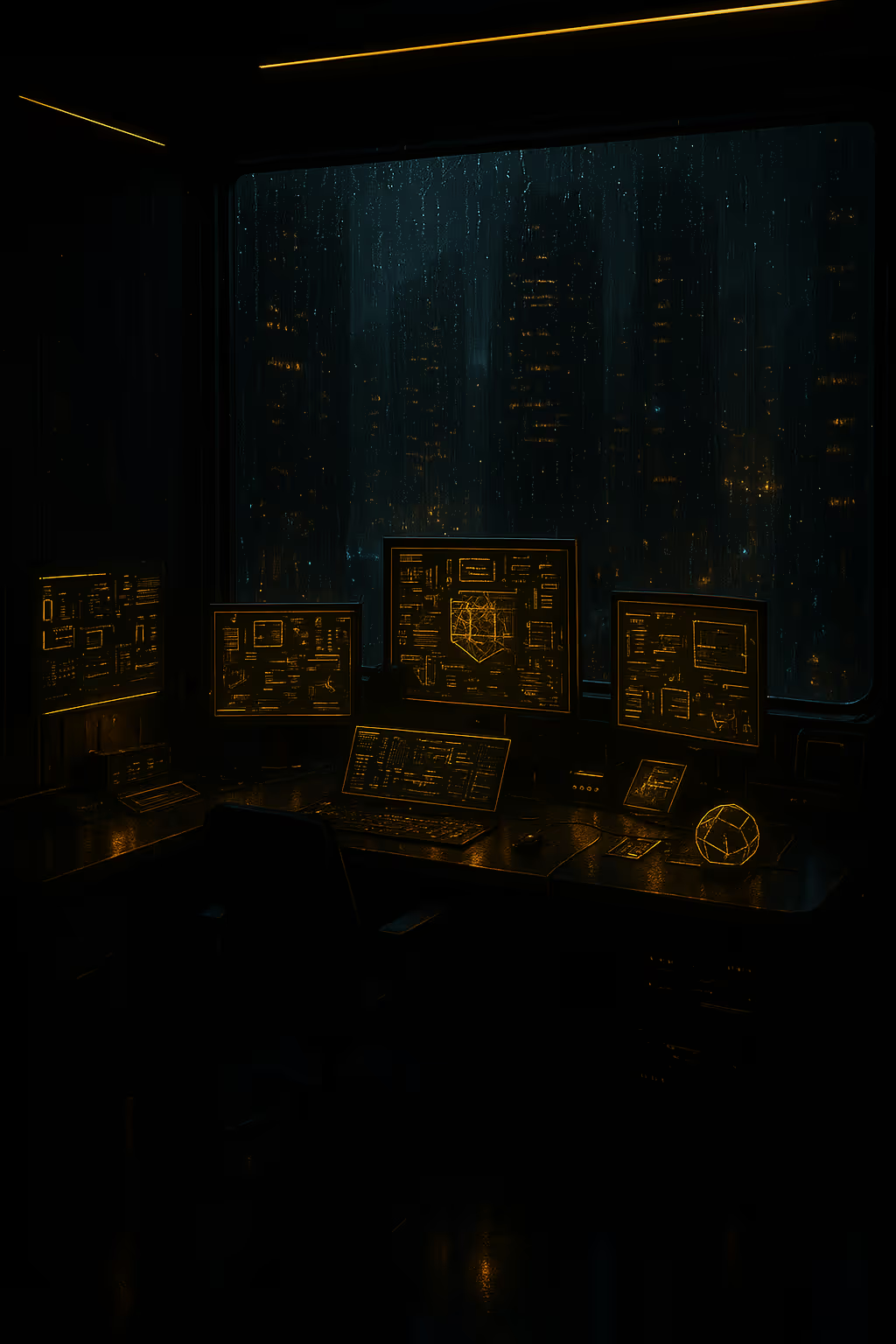
Ambient Light + Depth System
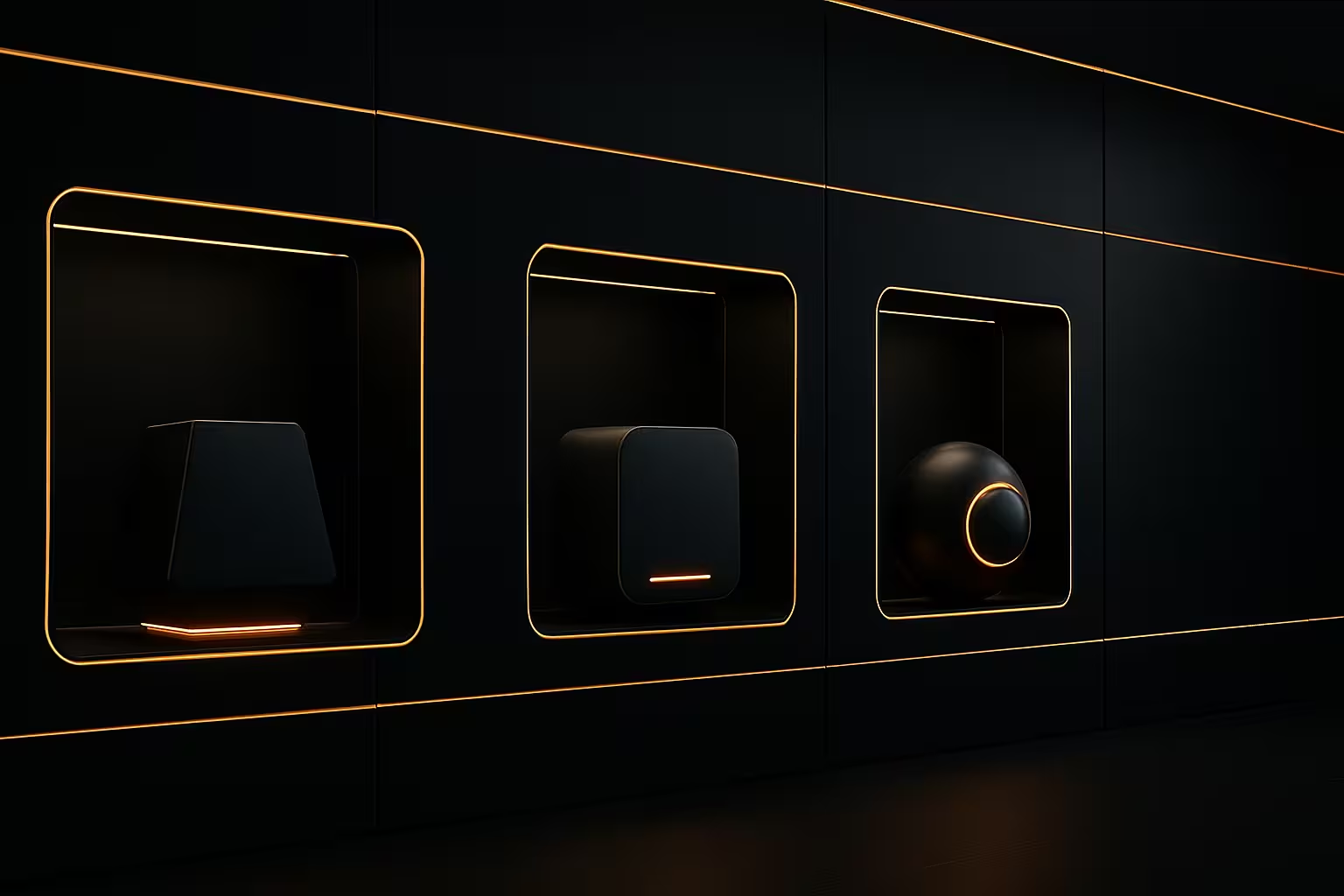
Camera Motion / Vision OS Depth

Motion System Breakdown
Principles
Lorem ipsum dolor sit amet, consectetuer adipiscing elit, sed diam nonummy nibh euismod tincidunt ut laoreet dolore magna aliquam erat volupat. Ut wisi enim ad minim veniam, quis nostrud exerci
Timing Map

Applied Motion

Reel
.jpg)





1
Build Overview
2
Creative Rationale
Goal
Deliver a 360 VR training program within 6 weeks that allows users to identify major unit components and navigate both interior and exterior environments—achieving a reduction of approximately 8,000 annual training hours.
Process
- Collaborated with stakeholders to define objectives and behaviors
- Storyboarding key component interactions and learning sequences
- Built environment using Unity/Unreal Engine with optimized assets
- Integrated hotspot overlays, narration, and smooth navigation logic
- Tested across devices to ensure seamless user experience
Key Highlights
Detailed Insights
Deep Dives
Learning Science
Grounded in immersive learning principles:
- Embodied Cognition: Supports learning through spatial navigation
- Cognitive Load Theory: Simplifies complex technical visuals through environment chunking
- Dual Coding Theory: Combines audio narration with visual hotspots for deeper retention
2
Creative Rationale
Goal
Challenges
Process
Impact and Results
Measurable Outcomes
Takeaways
1
The brief
Goal
Deliver a 360 VR training program within 6 weeks that allows users to identify major unit components and navigate both interior and exterior environments—achieving a reduction of approximately 8,000 annual training hours.
Challenges
- Managing development within strict time and budget constraints
- Ensuring smooth cross-device compatibility within the Meta Quest ecosystem
- Providing equipment familiarity without physical access to the unit or SMEs
Learning Objectives
By the end of the module, learners will be able to:
- Identify the three main component types: Power, Network, and CMCS
- Locate the Entrance, Sections 01 and 02, Battery Compartment, and HVAC/Purge System
- Understand the purpose and function of key RCS Unit components
Learning Science
Grounded in immersive learning principles:
- Embodied Cognition: Supports learning through spatial navigation
- Cognitive Load Theory: Simplifies complex technical visuals through environment chunking
- Dual Coding Theory: Combines audio narration with visual hotspots for deeper retention
Learning Methodolgy
Focused on experiential, self-paced learning:
- 360 walkthrough animations: Interior and exterior views
- Hotspot exploration: Component-specific overlays and guided audio narration
- Optional headset or desktop-based exploration: Flexible access model
- Self-directed learning with voice-guided instruction
Process
- Collaborated with stakeholders to define objectives and behaviors
- Storyboarding key component interactions and learning sequences
- Built environment using Unity/Unreal Engine with optimized assets
- Integrated hotspot overlays, narration, and smooth navigation logic
- Tested across devices to ensure seamless user experience
Impact and Results
- Provided a safe, virtual alternative to in-person walkthroughs
- Increased equipment familiarity before live assignments
- Reduced dependence on physical access and SME availability
- Enabled broader, scalable deployment across global teams
Measurable Outcomes
- 8,000+ annual training hours eliminated
- Improved learner engagement and confidence via post-session feedback
- Faster onboarding for new technicians
Takeaways
- Immersive 360 VR enables realistic spatial understanding before field access
- Strategic use of voiceover and hotspots maximizes learning without overwhelming users
- VR-first content improves scalability and consistency in technical training
Accessibility & inclusion
- Designed with accessibility in mind: adjustable audio levels, high-contrast UI
- Plain language used across voiceover scripts and hotspot text
- Compatible with both headset and desktop experiences for wider reach

